
Deploy Llama 3 8B with vLLM
Llama 3's advancements, particularly at 8 billion parameters, make AI more accessible and efficient.

Llama 3's advancements, particularly at 8 billion parameters, make AI more accessible and efficient.
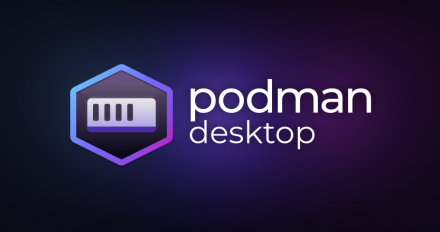
Podman AI Lab provides a containerized environment for exploring, testing, and integrating open source AI models locally using Podman Desktop.
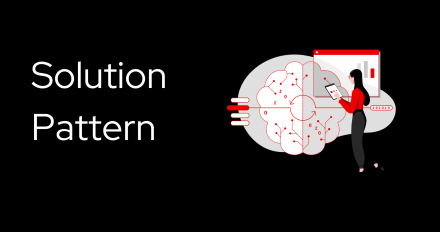
A practical example to deploy machine learning model using data science...
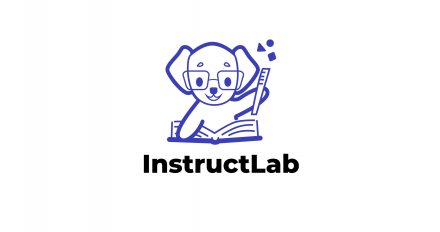
Learn how to fine-tune large language models with specific skills and knowledge
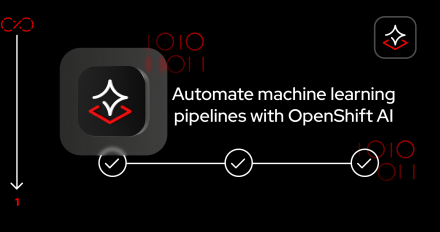
Dive into the end-to-end process of building and managing machine learning (ML)
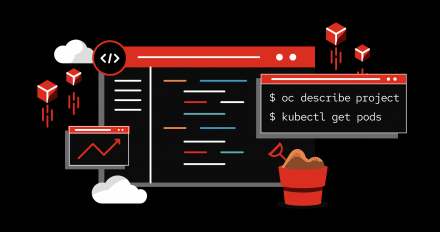
Are you curious about the power of artificial intelligence (AI) but not sure
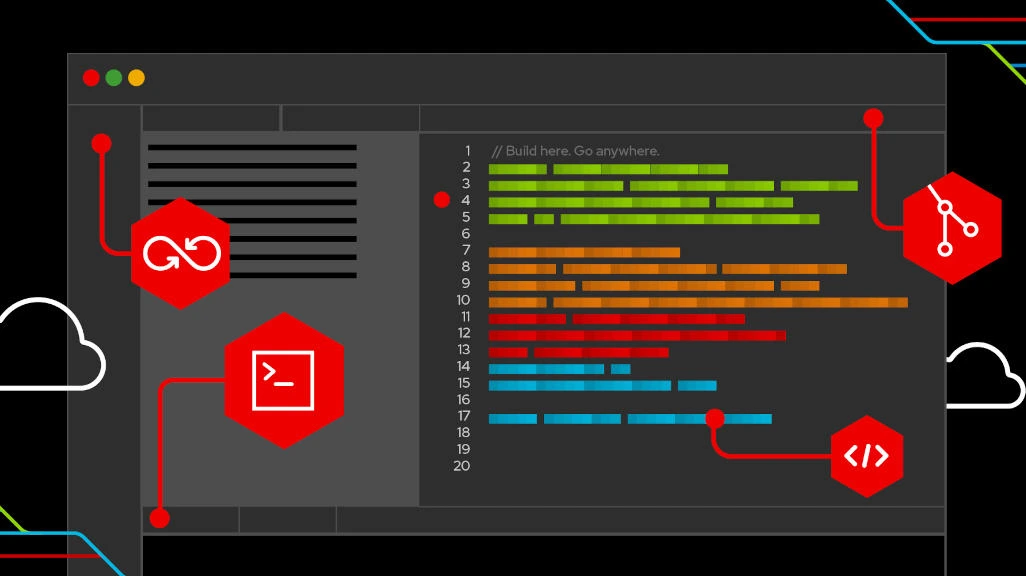
This blog post explores the integration of Large Language Models (LLMs) with
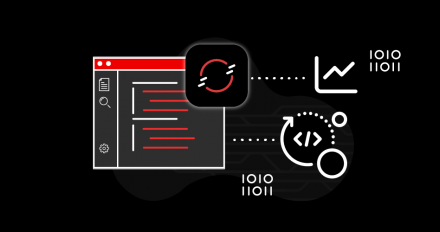
The Edge to Core Pipeline Pattern automates a continuous cycle for releasing and deploying new AI/ML models using Red Hat build of Apache Camel and more.
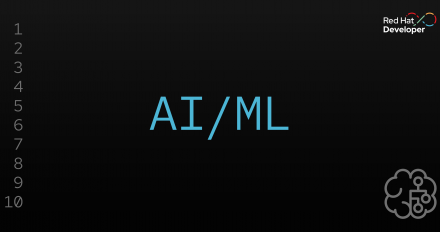
Explore the fundamental concepts of artificial intelligence (AI), including machine learning and deep learning, and learn how to integrate AI into your platforms and applications.

Introducing InstructLab, an open source project for enhancing large language models (LLMs) used in generative AI applications through a community approach.

Learn about Konveyor AI, an open souce tool that uses generative AI to shorten the time and cost of application modernization at scale.

The AI Lab Recipes repository offers recipes for building and running containerized AI and LLM applications to help developers move quickly from prototype to production.

Explore the advantages of Podman AI Lab, which lets developers easily bring AI into their applications without depending on infrastructure beyond a laptop.

Learn how to build a containerized bootable operating system to run AI models using image mode for Red Hat Enterprise Linux, then deploy a custom image.
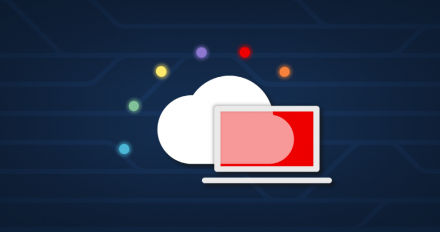
Learn how to deploy a trained AI model onto MicroShift, Red Hat’s lightweight Kubernetes distribution optimized for edge computing.

Accurately labeled data is crucial for training AI models. Learn how to prepare and label a custom dataset using Label Studio in this tutorial.

Learn how to configure Red Hat OpenShift AI to train a YOLO model using an already provided animal dataset.

A common platform for machine learning and app development on the hybrid cloud.

Red Hat Enterprise Linux (RHEL) 9.4 is now generally available (GA). Learn about the latest enhancements that improve the developer experience.

Applications based on machine learning and deep learning, using structured and unstructured data as the fuel to drive these applications.

Learn how to install the Red Hat OpenShift AI operator and its components in this tutorial, then configure the storage setup and GPU enablement.

Learn how to deploy single node OpenShift on a physical bare metal node using the OpenShift Assisted Installer to simpify the OpenShift cluster setup process.
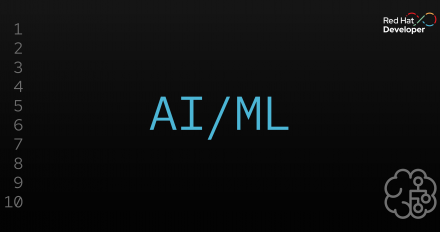
Learn how to create a Red Hat OpenShift AI environment, then walk through data labeling and information extraction using the Snorkel open source Python library.
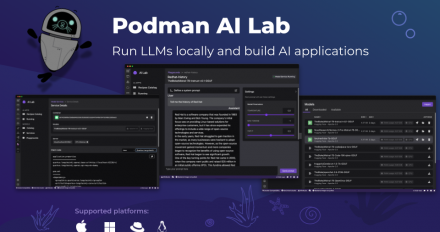
Integrate generative AI in your applications with Podman AI Lab, an open source extension for working with large language models in a local environment.

Learn about Marlin, a mixed-precision matrix multiplication kernel that delivers 4x speedup with FP16xINT4 computations for batch sizes up to 32.